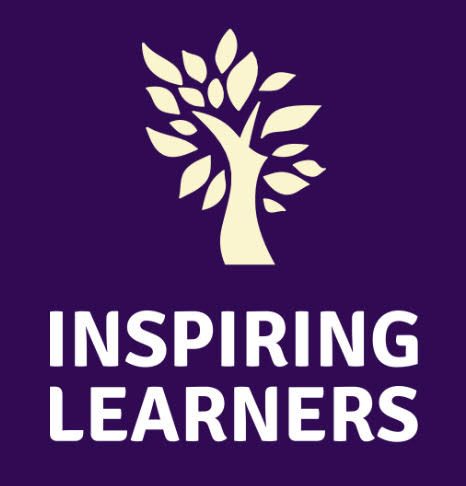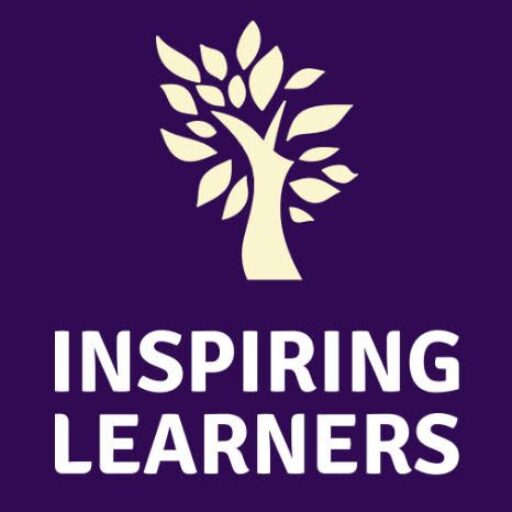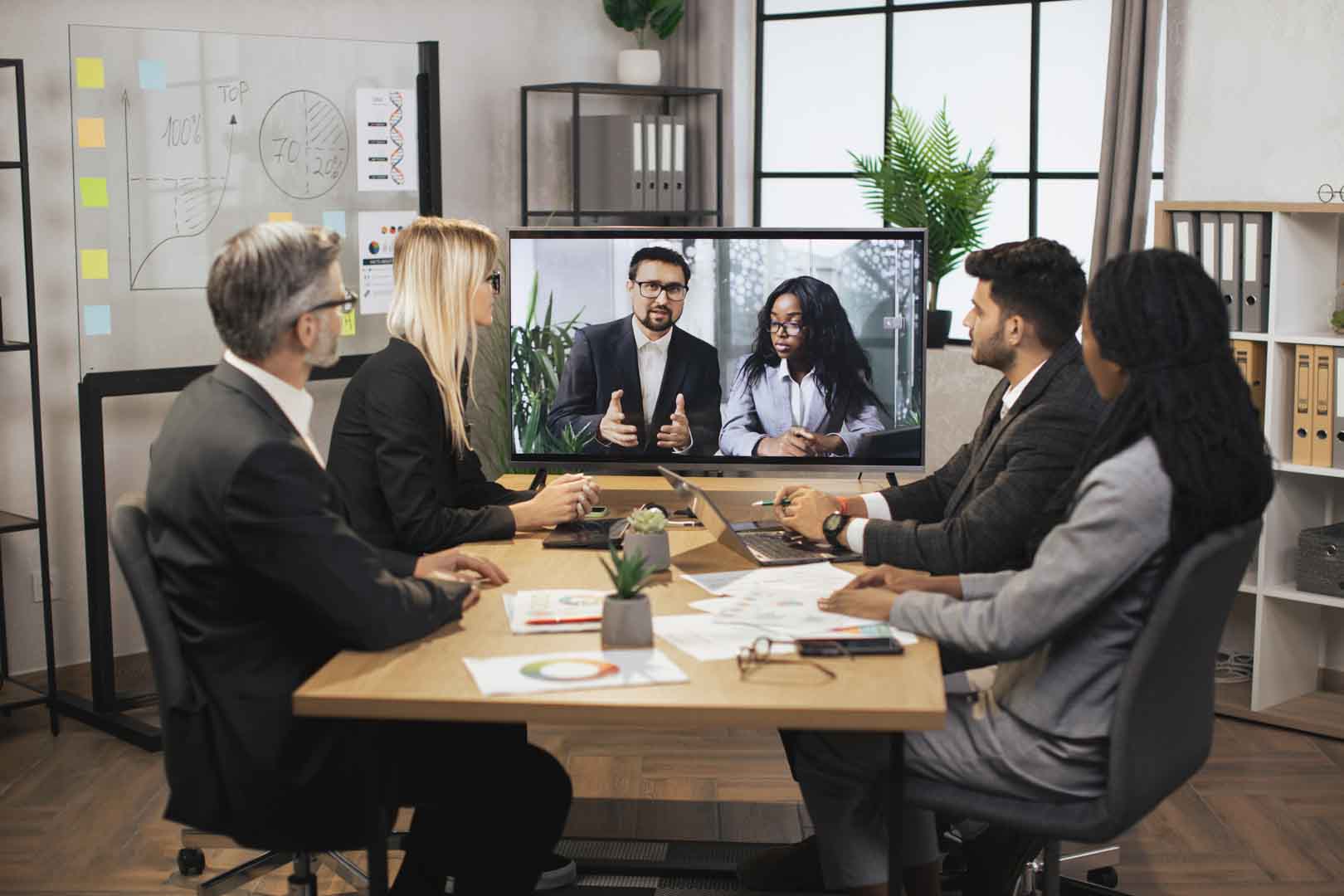Adult Learning and Its Application @ Workplace

Albert Einstein said, “Learning is Experience, everything else is information”, and “I never teach my pupils, I only provide them conditions in which they can learn”. These statements help us understand the nature of adult learning-Experiential, voluntary and self-driven.
This article (based on interviews conducted with teachers and students) throws light on the psychology of adult learning, illustrating how adults learn through the usage of various techniques, which make learning effective and interesting. These techniques would also benefit supervisors at the workplace to train and guide young adults and motivate them to learn:
1) Creative Learning Methods
These methods deal with innovativeness and originality in learning. Given below are some of the techniques teachers said they were using to make learning more effective.
A. Brainstorming and Group Discussions
Young adults love an interactive way of learning and learn better when they are in groups. Teachers stated that Group Discussions and Brainstorming activities help young adults in sharing their ideas and viewpoints on various topics.
Students too shared that they like to discuss concepts in groups and exchange ideas and examples related to certain topics and concepts. This would help them in the corporate setup where each young employee is given the opportunity to share their ideas about on-going work, and understand the scope of their task better. Brainstorming and Group Discussion activities could be arranged regularly in the form of team meetings as well.
Some young adults also mentioned that they learn and understand well when they debate with their peers on an issue or a problem that they are given to solve which can be used as one of the techniques to make training and learning at the workplace, more interactive
B. Assignments and Original Work
Teachers said that they encourage students to come up with original and innovative work to bring in ownership in the learning process. They mentioned that they like to give assignments which the students enjoy working on and learn without realizing that have learnt something. This way the learning will be long term and not just for a short term goal of writing an exam or in context of in the corporate setup, completing the current project. This method can be used in organizations to bring in ownership in the young employees towards their tasks and roles play in the team.
There are also managers who encourage their young employees to work on original ideas and help them publish the same in various journals.
C. Utilize Flow Charts And Mind Maps To Explain New Projects And Assignments.
Young adults show more interest and grasp better when simple visual representations like Flow Charts and Mind Maps are utilized. This simplifies complicated procedural concepts. In organizations when new projects/initiatives are introduced, these techniques make it simpler and more interesting for the young learners. It would not only help them get a grip on the nature and scope of their tasks but also give them more clarity on their roles in the current project
2) Multi-sensory Methods
They are techniques where an individual uses more than one sense like eyes, ears and muscles to receive information from the environment and processes them to form a meaning. This information is used through our senses to understand, remembers, solve problems and get new ideas of what they have absorbed from their surroundings. This leads to very active and long term learning.
A. Encourage Participation And Proactive Behavior In All The Activities
Young adults love to be given the opportunity to learn more. They always want a platform or a forum where they can ask questions and get a chance to work on something innovative. On being asked about their preferences in active form of learning, some students mentioned that they love to ask questions till they are convinced and understand a particular problem or a concept. If they are given that space where they can ask more questions and participate, their urge to develop and grow in their area of interest will be kept motivated. This would enhance their work and career satisfaction too.
B. Audio Visual Techniques and Live Demonstrations
Young adults usually find learning more interesting when they watch videos and clips related to the concepts being applied in at work. Some videos (through YouTube or other mediums) that demonstrate or illustrate procedural tasks in a simplified way can be utilized to explain projects in a more interesting way. This will help in giving the employees a clearer picture of their job description.
Another observation is that the young adults love to experience the whole process being carried out by their supervisors which gives them confidence and motivation to perform and grow in their career. The young learners wish to be given the opportunity to evaluate their team members by observing their work and performance. This would enable them to learn where one can go wrong and get hands on experience in giving constructive feedback and also be open to receiving feedback.
3) Semantic Methods
These methods and techniques of learning deal with giving a meaning to whatever one is learning. Some of the techniques that I came across as very common in the responses I got in the interview are:
A. Meeting On The Scope Of On-going Projects
Each young learner can be given pointers to come prepared to talk about in meetings. It is very important for any employee to keep in touch with the current issues and practices going on in their area of interest. Teachers said that they see to it that their students are up to date with the current trends.
This technique is used by many managers in organizations too.
B. Arrange For Guest Lectures/ Workshop Programs
Young adults like gathering information of how things work outside their organization. This helps them to be more open to learn the same concepts from different perspectives. Companies are already working on arranging regular training programs for their employees from external sources.
All the above techniques and methods would work well with any employee, keep them motivated and satisfied with their job and keep their minds open to learn. At the end of the day every trainer/teacher/professional dealing with adult learners should keep in mind this quote by Benjamin Franklin “Tell me and I forget. Teach me and I remember. Involve me and I learn.”
*Published in Perfect Professional Magazine : Edition 11- ‘What’s your Learning Agenda?’ – Jan 2015, pg – 40






